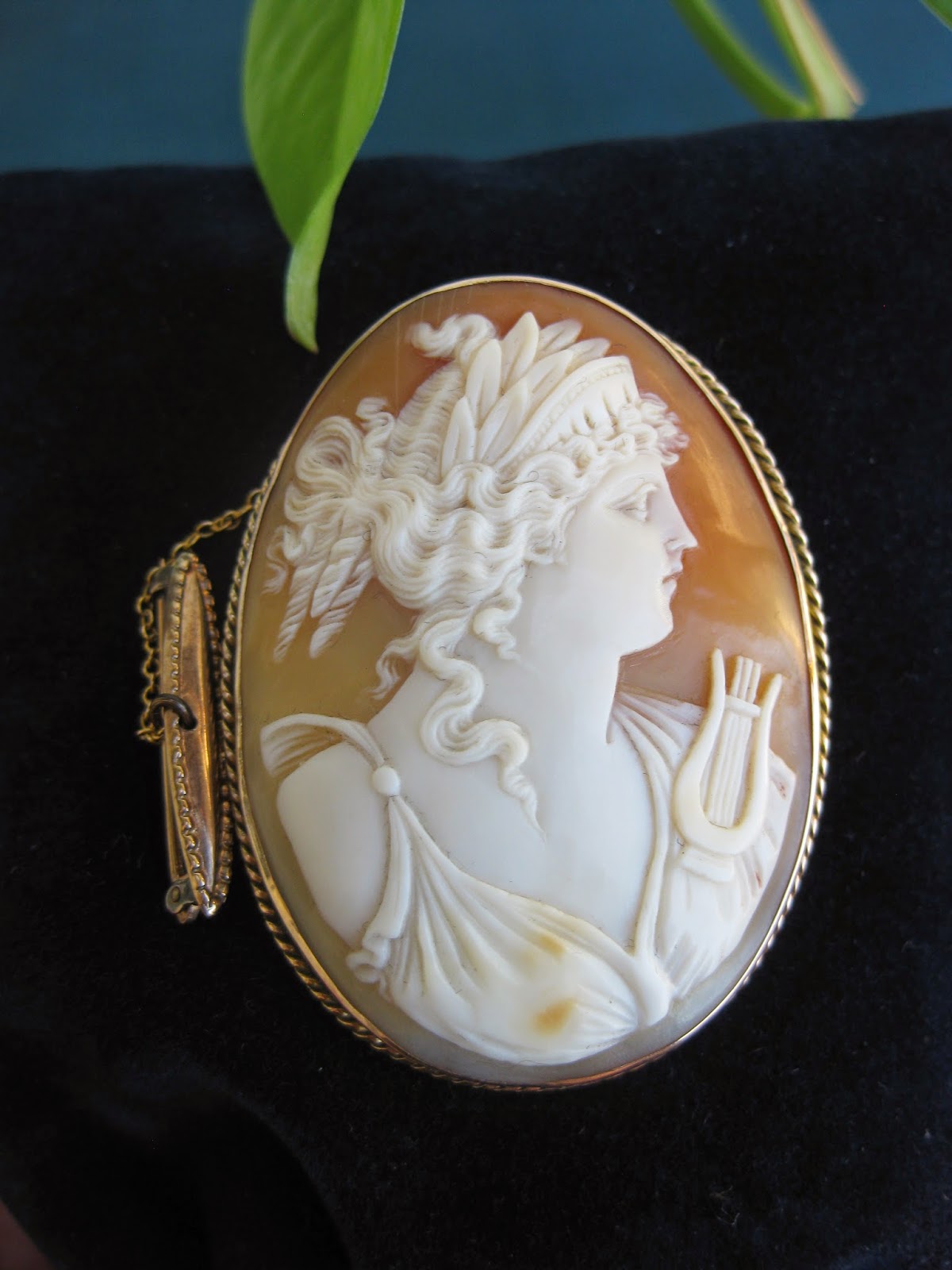Gold, gold gold. Just like our paper money, gold is a universal language that is used everywhere. To some, it could just be a little piece of jewelry people wear on their body: rings, necklaces, earings, etc. To others, it is a competitive currency used to trade for goods and services. Or to the selected few, gold could just be a type of material used to build toilets for their precious butts. How would you like to sit on a $4.5 million pure gold toilet with with some $1.5 million 22K gold toilet paper to wipe your royal behind?
For some $$$, you can actually visit Hong Kong's Golden Shop jewelry store and sit on one of these "beauties"
Some sweet stuff, right? Well, now the question is, do you know the difference in the gold you buy or see on the market? What makes a pure gold? What is the difference between a 10K ring vs a 18K ring? In fact, what does the K really mean when stamped on some jewelry pieces?
K stands for karat, which is a unit of measurement to measure the purity in gold. Natural raw gold is actually a very soft stone that can be easily melted into liquid form for people to mold it into anything they want. However, due to its softness, the gold object can be easily bent or disfigured. Thus, people developed ways to mix other metals with the gold to make it harder and less breakable. In jewelry, the higher number you see next to the K mark, the higher density of pure gold the item has. So when looking at a ring that has the same size and design but one with 10K and the other with 18K, it is natural for the 18K to be more expensive because it has more gold mixed into it.
But at times, the gold karat worth on a piece of item cannot determine it's actual worth. For example, once in a while you'll see a piece of jewelry that has a 9K stamped on it. However, the lowest gold standard we have in USA is 10K, so does it mean that this 9K jewelry is fake? Nope, not at all. 9K is a gold standard used strictly in England. In fact different countries have different gold standards. So as an American running across a 9K jewelry in the US, this piece would automatically be worth beyond its typical gold price because of it's scarcity.
Here's a guide to different gold markings you'll find (thank you, Edward Vabolis for this list):
As you read the list, you might wonder what ct stands for. CT=carat, just another way to spell karat. The various 3-4 digit numbers stands for actual gold percentages. with 1000 = 100% gold, 750 = 75% gold. If you go to Hong Kong or other Asian countries to buy gold, you'll find a lot of "pure" gold marked with 999. In these countries, 999 is as good of pure gold you'll get as any others.
Thanks for reading this week's article! Please check out Solomon Treasure at our Facebook and Google+! Leave us comments on the bottom and share with us your views on gold!
Ciao~
Angela








